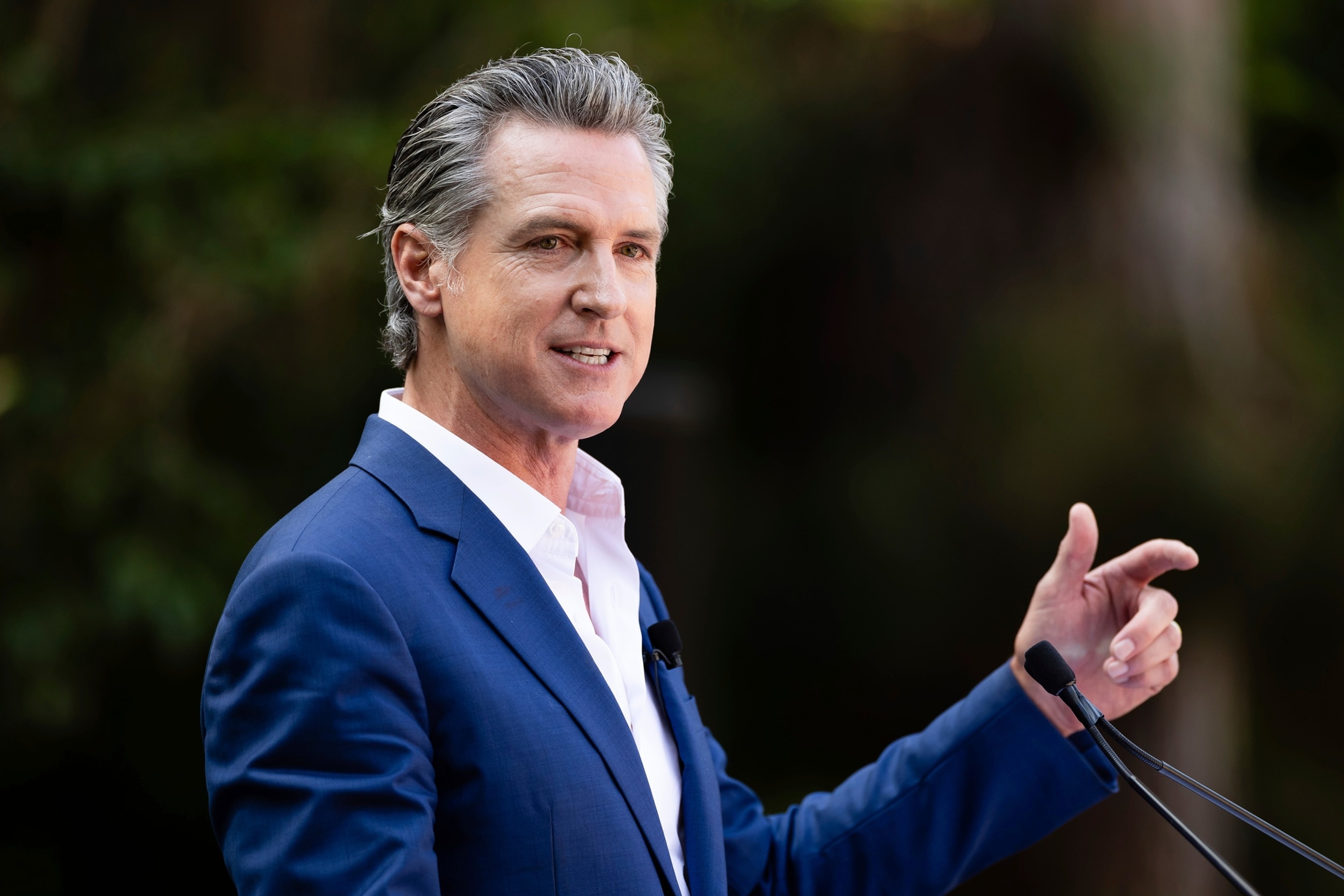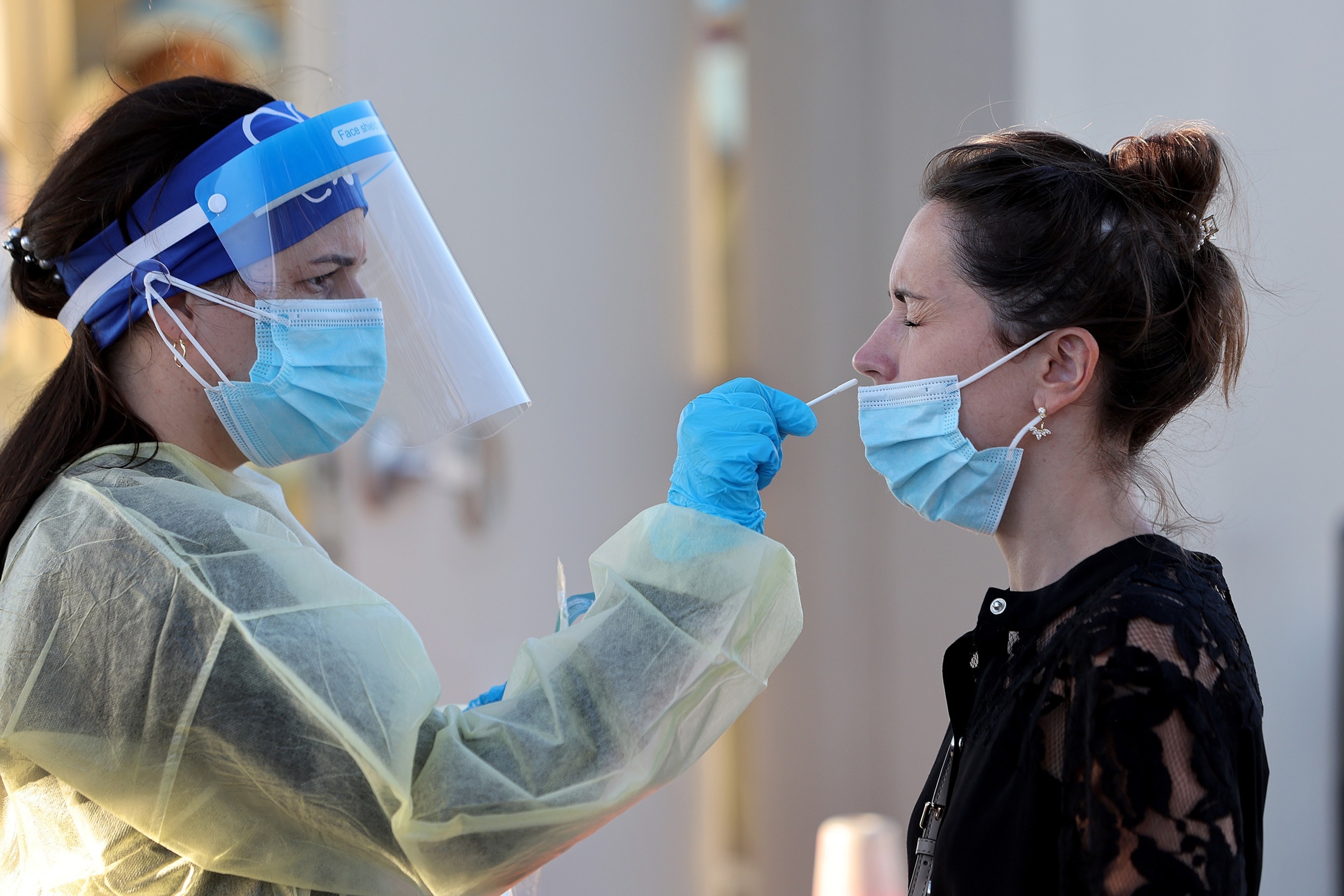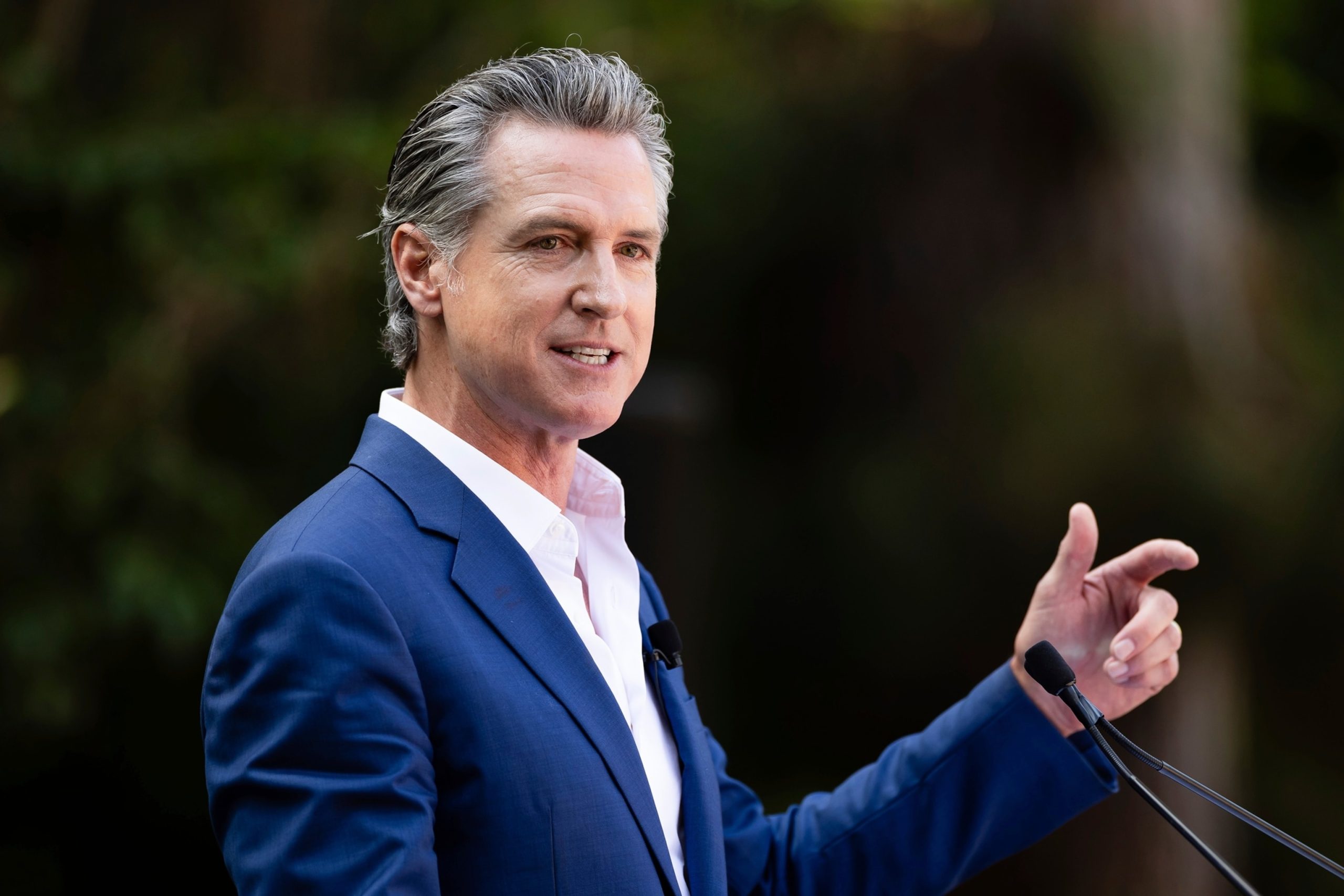This is a KFF Health News story.
Even as federal aid poured into state budgets in response to the COVID-19 pandemic, public health leaders warned of a boom-and-bust funding cycle on the horizon as the emergency ended and federal grants sunsetted. Now, that drought has become reality and state governments are slashing budgets that feed local health departments.
Congress allotted more than $800 billion to support states’ COVID-19 responses, fueling a surge in the public health workforce nationwide.
Local health department staffing grew by about 19% from 2019 to 2022, according to a report from the National Association of County and City Health Officials that studied 2,512 of the nation’s roughly 3,300 local departments. That same report explained that half of their revenue in 2022 came from federal sources.
But those jobs, and the safety net they provide for the people in the communities served, are vulnerable as the money dries up, worrying public health leaders – particularly in sparsely populated, rural areas, which already faced long-standing health disparities and meager resources.
Officials in such states as Montana, California, Washington and Texas now say they face budget cuts and layoffs. Public health experts warn that the accompanying service cuts – functions like contact tracing, immunizations, family planning, restaurant inspections, and more – could send communities into crisis.
In California, Democratic Gov. Gavin Newsom proposed cutting the state’s public health funding by $300 million. And the Washington Department of Health slashed more than 350 positions at the end of last year and anticipated cutting 349 more this year as the state’s federal COVID-19 funding runs dry.
“You cannot hire firefighters when the house is already burning,” said Brian Castrucci, president and CEO of the de Beaumont Foundation, an organization that advocates for public health policy.

California Gov. Gavin Newsom speaks at the opening ceremony for Panda Ridge, the new exhibit at the San Diego Zoo, Aug. 8, 2024, in San Diego.
Derrick Tuskan/AP, FILE
In some places, that pandemic cash did little more than keep small health departments afloat. The Central Montana Health District, the public health agency for five rural counties, did not receive the same flood of money others saw but did get enough to help the staff respond to an increased workload, including testing, contact tracing and rolling out COVID-19 vaccines.
The department filled a vacancy with a federal grant funneled through the state when a staffer left during the pandemic. The federal funding allowed the department to break even, said Susan Woods, the district’s public health director.
Now, there are five full-time employees working for the health district. Woods said the team is getting by with its slim resources, but a funding dip or another public health emergency could tip the balance in the wrong direction.
“Any kind of crisis, any kind of, God forbid, another pandemic, would probably send us crashing,” Woods said.
Adriane Casalotti, chief of government and public affairs for the National Association of County and City Health Officials, said she expects to see layoffs and health department budget cuts intensify. Those cuts will come as health officials address issues that took a back seat during the pandemic, like increases in rates of sexually transmitted diseases, suicide, and substance misuse.
“There’s tons of work being done right now to pick up the pieces on those types of other public health challenges,” she said. But it’ll be hard to catch up with whittled resources.
From 2018 to 2022, reports of chlamydia, gonorrhea, syphilis and congenital syphilis increased by nearly 2% nationwide, adding up to more than 2.5 million cases. A recent KFF report found that routine vaccination rates for kindergarten-age children have not rebounded to pre-pandemic levels, while the number of families claiming exemptions has increased. Nearly three-quarters of states did not meet the federal target vaccination rate of 95% for the 2022-23 school year for measles, mumps, and rubella, increasing the risk of outbreaks.
Amid these challenges, public health leaders are clinging to the resources they gained during the past few years.
The health district in Lubbock, Texas, a city of more than 250,000 people in the state’s Panhandle, hired four disease intervention specialists focused on sexually transmitted diseases during the pandemic due to a five-year grant from the Centers for Disease Control and Prevention (CDC).
The positions came as syphilis cases in the state skyrocket past levels seen in the past decade and the increases in congenital syphilis surpass the national average, according to the CDC. State officials recorded 922 congenital syphilis cases in 2022, with a 246.8 rate per 100,000 live births.

Jordane Domain gets a COVID-19 test done by a healthcare worker on Jan. 13, 2022 in North Miami, Fla.
Joe Raedle/Getty Images, FILE
But federal officials, facing their own shrinking budget, cut the grant short by two years, leaving the district scrambling to fill a nearly $400,000 annual budget gap while working to tamp down the outbreak.
“Even with the funding, it’s very hard for those staff to keep up with cases and to actually make sure that we get everybody treated,” said Katherine Wells, director of public health for Lubbock.
Wells said state officials may redirect other federal money from the budget to keep the program going when the grant ends in December. Wells and other health leaders in the state consistently plead with state officials for more money but, Wells said, “whether or not we’ll be successful with that in a state like Texas is very much in the air.”
Making public health a priority in the absence of a national crisis is a challenge, Castrucci said. “The boom-and-bust funding cycle is a reflection of the attention of the American public,” he said; as the emergency sunsetted, so too did enthusiasm wane for public health issues.
And rural health departments, like the one in central Montana, deserve more attention, said Casalotti, the advocate for county and city health officials. That’s because they serve a critical function in communities that continue to see hospital closures and lose other health services, such as maternity and women’s care. Local health departments can function as a “safety net for the safety net,” she said.
Budget cuts and layoffs impacting public health services
Public health services are essential for the well-being of communities, providing crucial services such as vaccinations, disease prevention, and health education. However, in recent years, many public health departments have faced budget cuts and layoffs, leading to a decrease in the quality and availability of these services.
Budget cuts have been a common occurrence in many government agencies, including public health departments. These cuts are often a result of economic downturns, political decisions, or shifting priorities. As a result, public health departments are forced to make tough decisions about where to allocate their limited resources.
One of the most significant impacts of budget cuts is the reduction in staff. Layoffs and hiring freezes have become common in public health departments across the country, leading to a decrease in the number of healthcare professionals available to provide services to the community. This can result in longer wait times for appointments, reduced access to care, and a strain on the remaining staff members who are left to pick up the slack.
Additionally, budget cuts can lead to a reduction in the availability of essential services. Programs that provide screenings for diseases, vaccinations for children, and education on healthy living may be scaled back or eliminated altogether. This can have serious consequences for public health, as prevention and early intervention are key components of maintaining a healthy population.
Furthermore, budget cuts can also impact the ability of public health departments to respond to emergencies and outbreaks. In times of crisis, such as natural disasters or disease outbreaks, public health departments play a crucial role in coordinating response efforts and providing support to affected communities. However, with limited resources and staff, these departments may struggle to effectively respond to emergencies, putting the health and safety of the public at risk.
In order to address the challenges posed by budget cuts and layoffs, it is essential for policymakers to prioritize funding for public health services. Investing in public health not only improves the well-being of individuals and communities but also saves money in the long run by preventing costly healthcare interventions down the line.
Additionally, public health departments can explore alternative funding sources, such as grants, partnerships with private organizations, or seeking support from local community members. By diversifying their funding streams, public health departments can better weather budget cuts and ensure that essential services continue to be available to those who need them.
In conclusion, budget cuts and layoffs have a significant impact on public health services, leading to reduced access to care, diminished quality of services, and challenges in responding to emergencies. It is crucial for policymakers to prioritize funding for public health and for public health departments to explore alternative funding sources in order to maintain the essential services that protect the health and well-being of communities.



